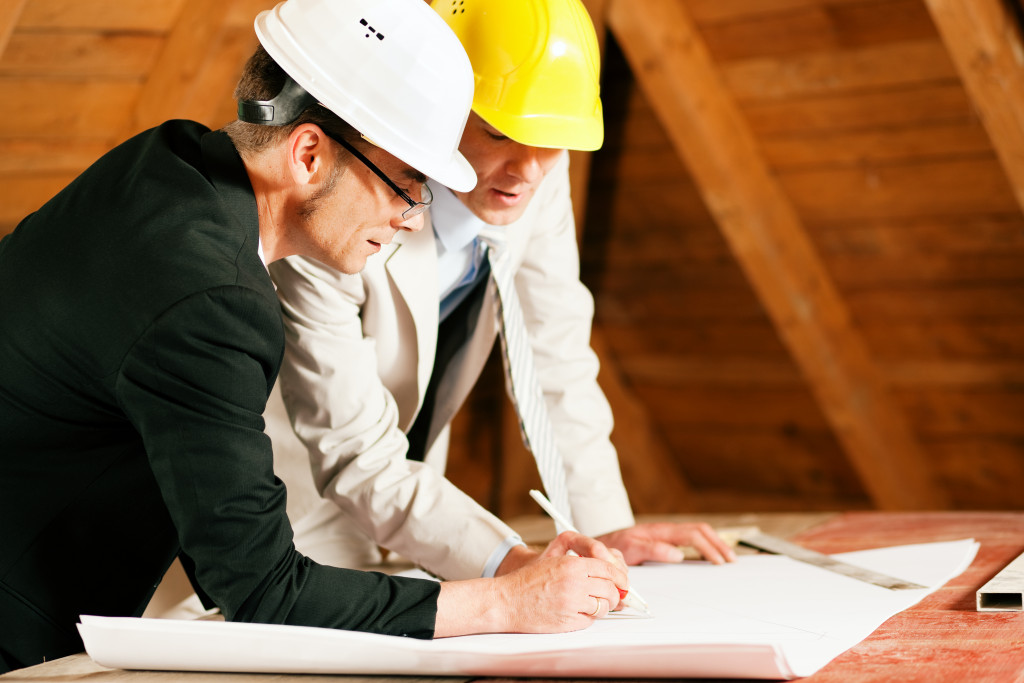The global construction industry is booming, with a forecasted value of $10.5 trillion by 2023. This growth is due to many factors, including increasing housing starts and other infrastructures due to the growing population. As more people move into cities, the need for new housing and infrastructure grows, driving further demand for construction services.
With this growth comes new opportunities and challenges for construction companies. To meet the demand, construction companies must be able to adapt and innovate. Here are some of the expected trends in the construction industry for next year:
Technology in Home Construction
One of the biggest trends in home construction is an increase in the use of technology. Construction companies are always looking for ways to improve efficiency and productivity. One way they do this is by incorporating more technology into their projects. For example, construction companies use drones to survey land and assess potential construction sites. Drones can also be used to deliver materials to construction sites, which can help reduce traffic and congestion. Additionally, construction companies are using 3D printing to create prototypes and models of homes before they are built. This allows for more accurate planning and can help avoid potential problems down the road.
Moreover, construction companies are beginning to use virtual and augmented reality to help with the design process. These technologies can create a realistic view of what the finished product will look like. This is especially helpful when working on complex projects, such as skyscrapers. By using virtual reality, construction companies can get a better sense of the scale of the project, which helps them make changes or proposals regarding its construction.
Prefabricated Structures
Another way that technology is being used in construction is through the use of prefabricated materials. Prefabricated materials are created in a factory setting and delivered to the construction site. Various parts of homes are pre-made and delivered to sites for building. This can help speed up the construction process and improve accuracy and quality control. Common house parts often prefabricated include interior and exterior walls, floors, and roofs.
The prefabrication process often involves large-scale factory machines that can quickly create parts with high accuracy. This helps ensure that all parts are made to the correct specifications. Once the parts are created, they are then shipped to the construction site, where they are assembled by workers.

Manufactured Materials
Manufactured materials are created using a specific process and then used in construction. They often resemble natural materials like wood, stone, or brick. They are usually less expensive than their natural counterparts, which makes them a popular choice for construction projects. For instance, a homeowner wants the look of stones for their home’s exterior. Then you can recommend utilizing easy-to-install pre-cast stones that will help give the same aesthetic.
Another example would be an interior designer who wants to use hardwood floors for a project. Instead, you can opt for engineered hardwood floors, created using layers of plywood that are then glued and pressed together. The top layer gives it the same appearance as regular hardwood floors, which was accomplished by printing the wood grain on the top layer.
Smart Features in New Homes
As people become more reliant on technology, there is an increase in the number of homes with smart features. Smart features can be controlled using a mobile device or voice commands. Standard smart home features include security systems, thermostats, lighting, and appliances. Many of these features can be controlled remotely, giving homeowners more control over their homes even while they’re away.
Smart features provide homeowners convenience and a sense of security in their homes. As more people become aware of these features, their demand will likely increase. Construction companies incorporating smart features into their homes will be at an advantage in the market.
Green Materials
As people become more environmentally conscious, there is an increased demand for green materials in construction. Green materials are those that are environmentally friendly and sustainable. They can be made from recycled materials or natural resources. Some common green materials include bamboo, recycled glass, and cork. Green materials are often used in construction to help reduce the environmental impact of a project. Moreover, recycling building materials can also help reduce the overall cost of a project because it cuts down on the need for new materials.
Technology plays a massive role in how construction trends develop over time. In the past few years, there has been an increase in the use of technology in construction. This trend is expected to continue in the coming years as construction companies look for ways to improve efficiency and productivity.




